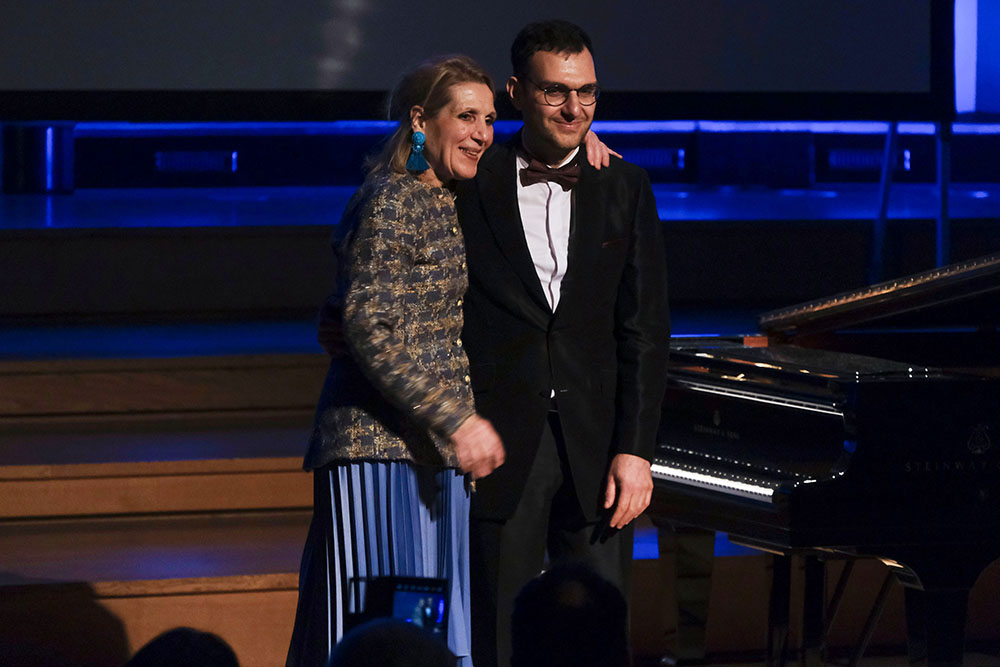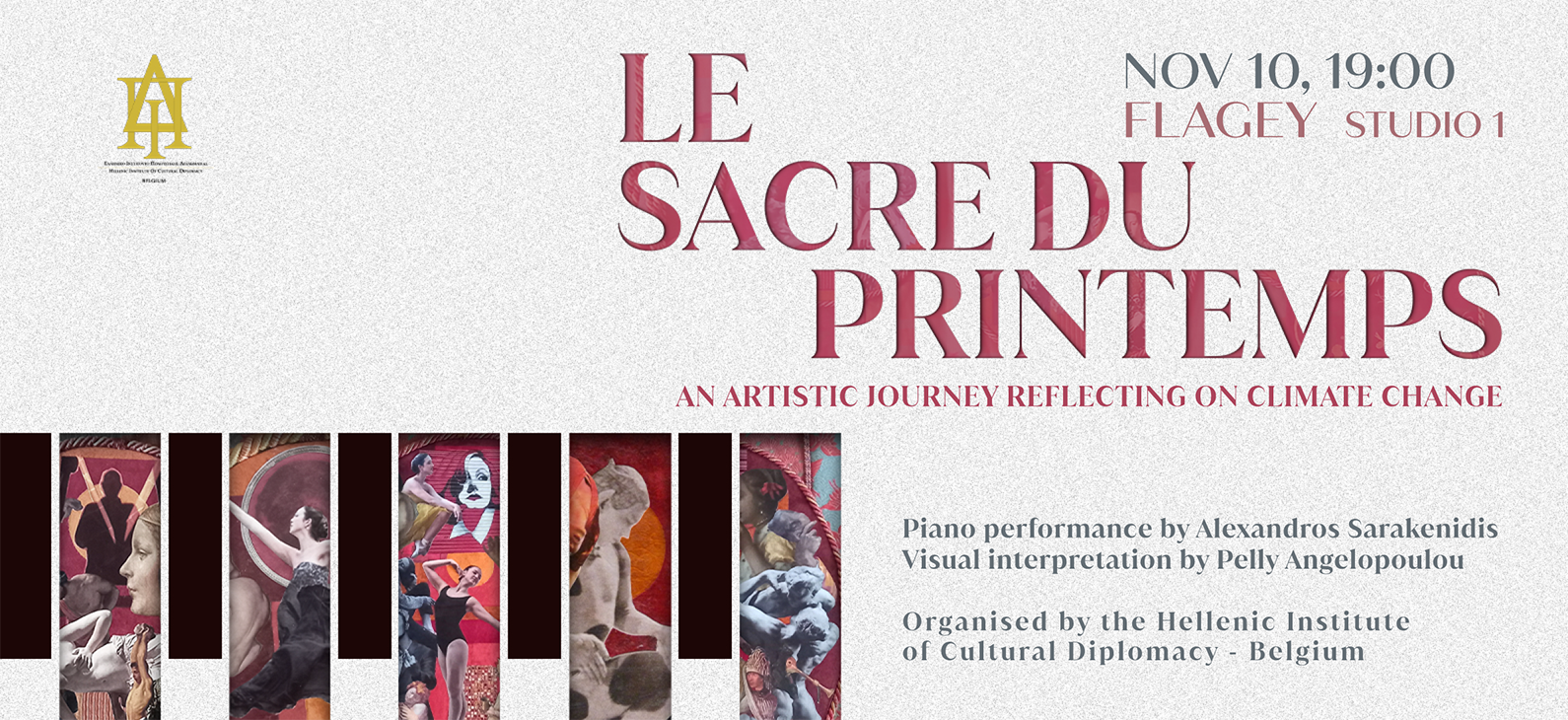
The Grand-Place is the central square of the City of Brussels and it is considered as one of the most attractive places in the world. For this reason and for its historical and cultural importance, it has been registered on the World Heritage List of UNESCO, since 1998.
To preserve the integrity, the Grand-Place and its buildings all benefit from heritage protection measures defending them from strong commercial and tourism pressures; special attention is required so that its historic urban fabric and architectural features can be properly preserved.
The Grand Place dates back from the 17th century and its architecture provides a vivid illustration of Brussel’s level of social and cultural life. This architectural jewel stands as an exceptional and highly successful example of an eclectic blending of architectural and artistic styles of Western culture and, in particular, it is the witness of the terrible bombardment this mercantile city of northern had to endure in 1695. Destroyed in three days, the heart of the medieval city underwent a rebuilding campaign conducted under the supervision of the City Magistrate, which was spectacular not only by the speed of its implementation, but also by its ornamental wealth and architectural coherence. Today the Grand-Place remains the faithful reflection of the square destroyed by the French artillery and is the symbol of the power and pride of the Brussels bourgeois who chose to restore their city to its former glory rather than rebuild in a contemporary style, a trend commonly observed elsewhere.
Grand-Place has cultural value and significance, not only because it is a place of different historical buildings, i.e. the King's House then become the City Museum and several houses occupied by powerful occupants, but also because, during the year, it has been hosting annual cultural events.
It is interesting to note that this is a rare example of a square without a church or any other place of worship, which emphasizes its mercantile and administrative nature. Today, the square does play a great role in people’s everyday lives.
As aforementioned, this prestigious venue plays host to a number of festive activities - including concerts, fairs, cultural events, a tree and nativity scene during Christmas, a light show, a flower carpet in summer, etc. - and symbolic events, such as honouring countries and receiving athletes following sporting events.
One of the events occurring annually is the Ommegang. Ommegang means procession in Dutch and is a celebration of both the procession and the arrival into Brussels of Charles V and his son Philippe on 5 June 1549 with a large following of nobles. During the Ommegang, the streets of Brussels are filled with a parade of people in medieval costumes representing the various groups of the population, dignitaries and guilds of the time. Hundreds of extras take part in the representation of the Ommegang: on foot, on horseback, with flags, driving carts and holding other typical objects. They pass through the very centre of Brussels on the way to Grand-Place. In this occasion, it is used to have special guests and appoint a notable and celebrated personality to serve as the Herald of Arms, the official charged with making all the solemn proclamations and important announcements. In 2019, some of the special guests were the actress Natacha Régnier, the journalist Thomas de Bergeyck and the municipal councillor responsible for Culture Karine Lalieux. An additional cultural event taking place in the city centre is the Brussels Summer Festival which includes 10 days of concerts and cultural activities around the city.
The Grand Place does often host concerts and cultural-artistic exhibitions. One month ago, in September, the Folklore Festival took place and it was an opportunity to explore Brussels and International heritage. Moreover, in this period until January 2022, a Banksy’s exhibition is taking place.
Finally yet importantly, Grand Place hosts honouring initiatives to countries around the world by creating a Flower Carpet once per year out of colourful begonias or by illuminating the City Hall: In March 2020, in the context of the 200th the anniversary of the Greek Revolution, Grand Place was illuminated in the colors of the Greek flag.
The Grand place has always had a role, be it for royal, trade or cultural purposes. It does have a link to cultural diplomacy and is a place where cultural exchange and diversity are promoted.

Ilaria Ragni
Trainee, HICDB
References:
- Brussels’s events, https://www.brussels.be/events-city
- Grand Place, http://www.brussels.be/grand-place-brussels
- Grand Place, https://visit.brussels/en/place/Grand-Place
- Ommegang, http://www.ommegang.be/the-ommegang-pageant/?lang=en
- The top things to do and see in downtown and grand place:
https://theculturetrip.com/europe/belgium/articles/the-top-things-to-do-and-see-in-downtown-and-grand-place/ - World Heritage Unesco, https://whc.unesco.org/en/list/857/
- Tags:
- Articles
- Ilaria Ragni



